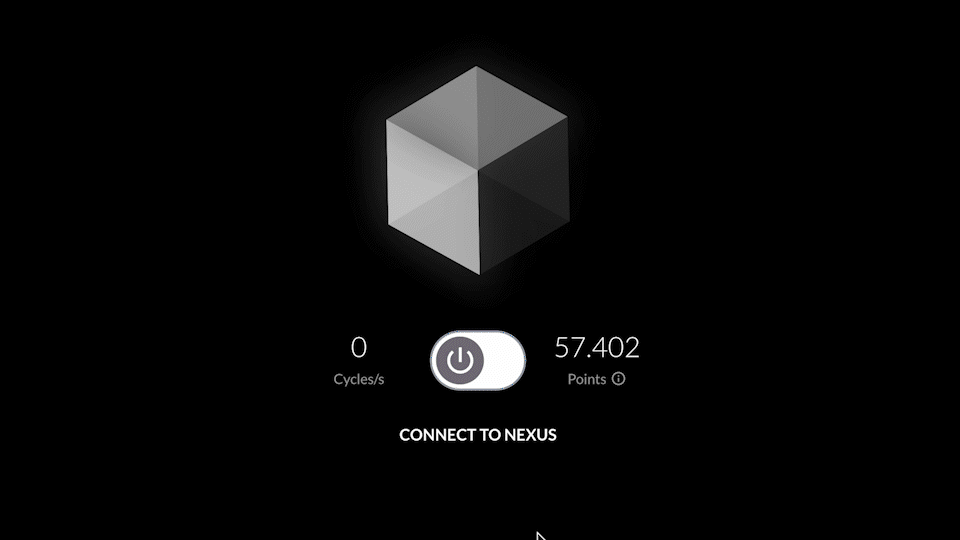2025 Year in Review: Building Verifiable Finance
In 2025, Nexus moved from early momentum to structural foundation. What began as a cryptographic vision has become a global

Welcome to the Nexus Changelog. These brief updates spotlight progress from across our engineering teams — including Nexus Layer 1, Nexus OS, Nexus CLI, and Nexus zkVM. This edition focuses on interface improvements to Nexus OS and CLI and ongoing refinement work following the release of Nexus zkVM 3.0.
API v3 integration
The OS now integrates with version 3 of our backend API — boosting speed and functionality in proof generation workflows.
Visual updates
We’ve refreshed several UI elements in Nexus OS:

Database migration to TiDB
We’ve migrated to TiDB, a distributed SQL database that decouples storage from query processing. This enables independent scaling and reduces strain on our PostgreSQL layers.
Task orchestration improvements
Tasks are now fully decoupled from nodes. This allows for multiple concurrent tasks per node and reduces churn and overhead across the network.
We're excited to announce a significant evolution of our CLI ecosystem.
Unified identity
The former Nexus zkVM CLI and network CLI have officially merged under the nexus-cli GitHub repository. A new banner design reflects the consolidated project.
Enhanced performance
Updated orchestrator API now supports concurrent execution of CLI instances – up to 100 concurrent tasks per node.
Community-driven improvements
We’ve integrated numerous bug fixes and documentation improvements from external contributors. See release notes for more details.
Following the launch of Nexus zkVM 3.0, the team is continuing to deliver on bug fixes, optimizing memory consumption, and completing remaining infrastructure tasks, alongside new feature development.
As part of improving the robustness and performance of the implementation, a zkVM 0.3.1 patch has been released. It contains bug fixes and performance optimizations focused on the Stwo prover integration.
We are getting ready for Testnet III.
Part of that work includes developing a real-time map view to visualize live Nexus nodes around the world. We’re also building tools for users to track their own nodes and contribute data to a decentralized node registry — powering a more resilient, globally-aware network.
Check out the Nexus Docs and the Nexus GitHub to learn more about our engineering work.